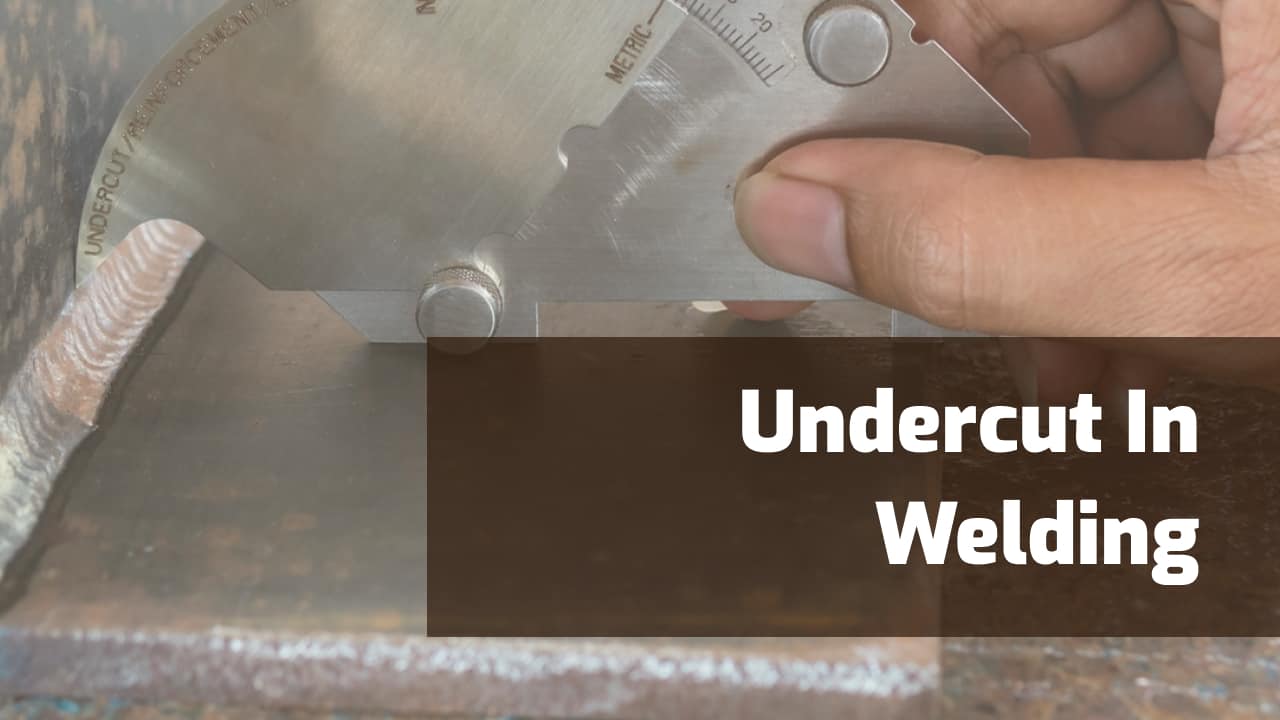Mastering the Art of Welding: Just How to Prevent Undercut Welding Issues for Flawless Manufacture Outcomes
By understanding the root triggers of undercut welding and applying reliable strategies to avoid it, welders can elevate their craft to brand-new degrees of excellence. In the pursuit of remarkable construction outcomes, grasping the art of welding to avoid undercut issues is not simply an ability but a requirement for those aiming for perfection in their job.
Understanding Undercut Welding

To prevent undercut welding, welders should make certain proper welding criteria, such as changing the current, voltage, traveling rate, and maintaining the appropriate electrode angle. By comprehending the causes of undercut welding and implementing preventive measures, welders can achieve premium, structurally sound welds.
Reasons For Undercut in Welding
Comprehending the aspects that contribute to damage in welding is essential for welders to generate premium, structurally sound welds. Damaging takes place when the weld metal does not properly fill up the groove formed between the base metal and the previously deposited weld metal. Numerous elements can result in damage in welding. One common cause is too much warm input. Welding at high temperature levels for extensive periods can lead to the base steel thawing greater than preferred, leading to damage. Insufficient welding current or wrong welding speed can also add to damage. Inadequate current may not give adequate heat to thaw the base and filler metals adequately, while excessive rate can avoid proper fusion, causing undercut. Furthermore, incorrect electrode angles or incorrect torch adjustment strategies can develop areas of low weld metal deposition, advertising undercut. Comprehending these causes and carrying out proper welding strategies can assist protect against undercutting problems, making certain solid and durable welds.
Methods to stop Undercutting

To reduce the risk of undercutting in welding, welders can employ strategic welding strategies intended at improving the quality and stability of the weld joints. One effective method is to readjust the welding criteria, such as voltage, existing, and take a trip rate, to ensure appropriate warmth input and deposition. Maintaining an ideal electrode angle and making sure constant traveling rate can likewise assist prevent undercut. In addition, utilizing the appropriate welding strategy for the details joint configuration, such as weave or stringer beads, basics can add to reducing undercutting. Preventing weld undercut.
Additionally, appropriate joint prep work, including guaranteeing tidy base products without impurities and utilizing the proper welding consumables, is critical in avoiding undercut flaws. Employing back-step welding strategies and regulating the weld bead account can additionally assist disperse warmth equally and lessen the threat of undercut. Routine examination of the weld joint during and after welding, as well as executing quality guarantee procedures, can assist in attending to and finding undercutting concerns without delay. By carrying out these techniques vigilantly, welders can accomplish flawless construction results with very little undercut defects.
Relevance of Proper Welding Criteria
Selecting and keeping suitable welding parameters is vital for attaining effective welds with very little defects. Welding specifications describe variables such as voltage, current, travel speed, electrode angle, and protecting gas flow price that directly impact the welding process. These parameters should be thoroughly changed based upon the kind of product being welded, its thickness, and the welding strategy utilized.
Correct welding parameters make sure the correct amount of warm is used to melt the base steels and filler material evenly. If the criteria are set expensive, it can result in excessive heat input, creating spatter, distortion, or burn-through. On the other hand, if the specifications are too reduced, insufficient blend, absence of penetration, or undercutting may take place.
Quality Guarantee in Welding Workflow

Final Thought
In conclusion, grasping the art of welding calls right here for a complete understanding of undercut welding, its causes, and methods to avoid it. By making certain proper welding criteria and executing high quality guarantee techniques, flawless manufacture results can be accomplished. It visit this site right here is necessary for welders to constantly aim for excellence in their welding operations to avoid undercut issues and generate high-quality welds.
Undercut welding, an usual issue in welding procedures, takes place when the weld metal doesn't appropriately fill the groove and leaves a groove or clinical depression along the welded joint.To stop undercut welding, welders must make sure correct welding specifications, such as readjusting the existing, voltage, traveling rate, and preserving the proper electrode angle. Poor welding current or inaccurate welding rate can also add to damage.To minimize the threat of damaging in welding, welders can employ calculated welding strategies intended at enhancing the quality and stability of the weld joints.In conclusion, mastering the art of welding calls for a complete understanding of undercut welding, its causes, and techniques to stop it.